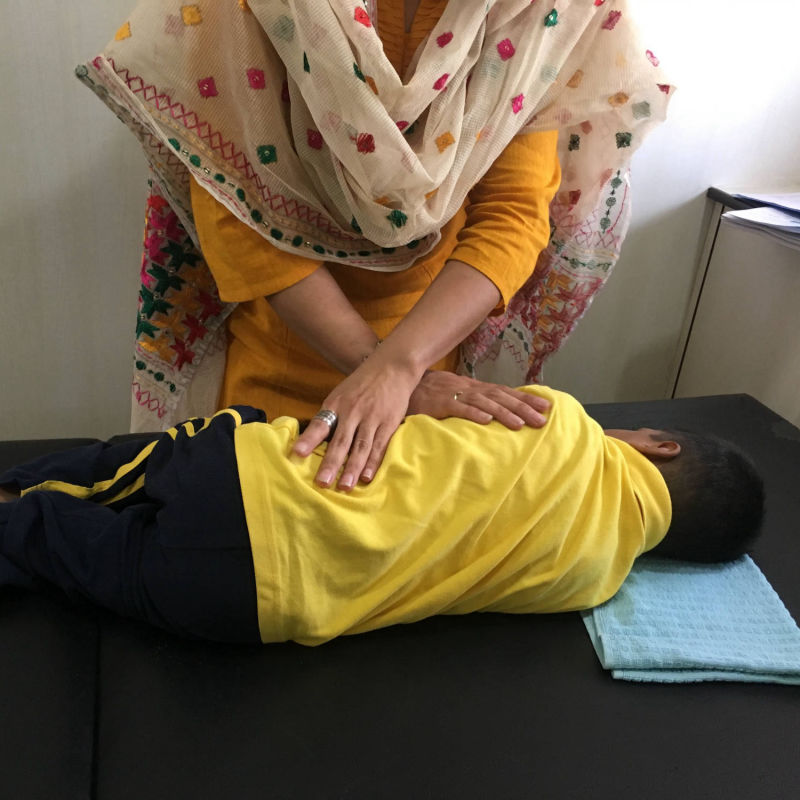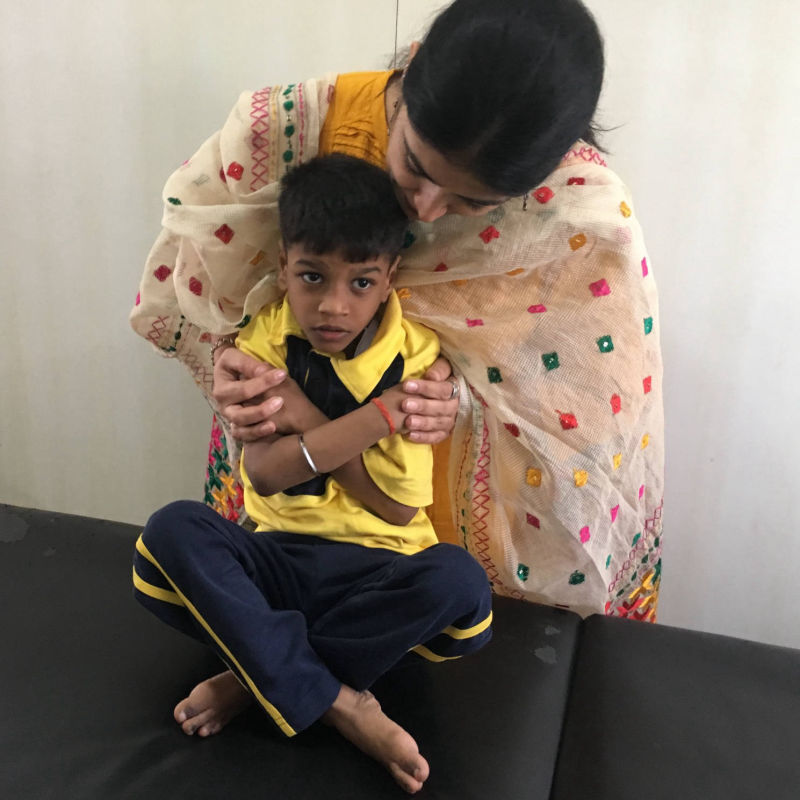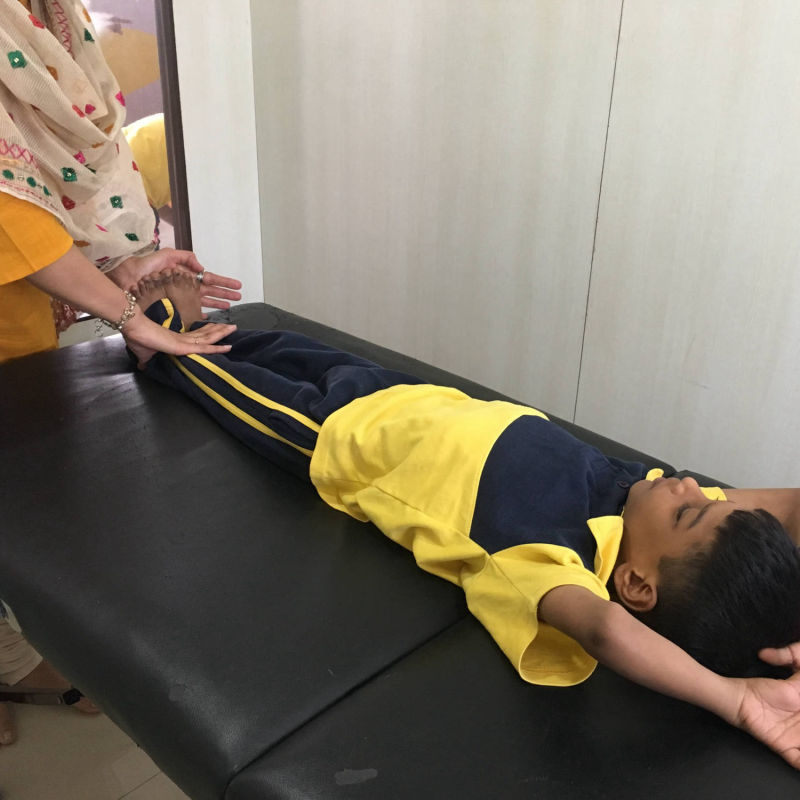



Reflexes are automatic movements that happen without conscious thought, they are the automatic responses naturally hardwired into humans when they come into the world. In the beginning of life, primitive reflexes ensure survival.
As neuro pathways develop by repetition of the reflexes, the higher brain learns what to do for survival and movement of the body. These reflexes then integrate into the body, which means they go dormant because they are not needed anymore.
When reflexes integrate, the child learns and develops normally but when integration is halted or delayed, normal development is also delayed. The child is affected physically, cognitively and emotionally.
There are many factors that can cause the reflexes to remain active. These factors include: genetics, stress during pregnancy and delivery (e.g., C-section), environmental toxins, lack of movement, diet, vaccinations, aging and brain injuries.
If reflexes are not integrated it can lead to a variety of challenges like difficulty making eye contact, reluctance to try new activities, withdrawn, shyness, low stress tolerance, easily distracted, difficulty focusing on details, speech and articulation, poor writing expression and spelling, lack of concentration, difficulty sitting upright, poor coordination and posture, messy handwriting, poor impulse control, poor attention and concentration.
At the Academy, as per the need of each child, we use the manual, hands-on exercises of the Masgutova Neurosensorimotor Reflex Integration (MNRI) method to guide the child through patterns of exercises to integrate reflexes. The exercises increase core strength and coordination, improve motor control, and stimulate the nervous system to integrate the targeted reflex.